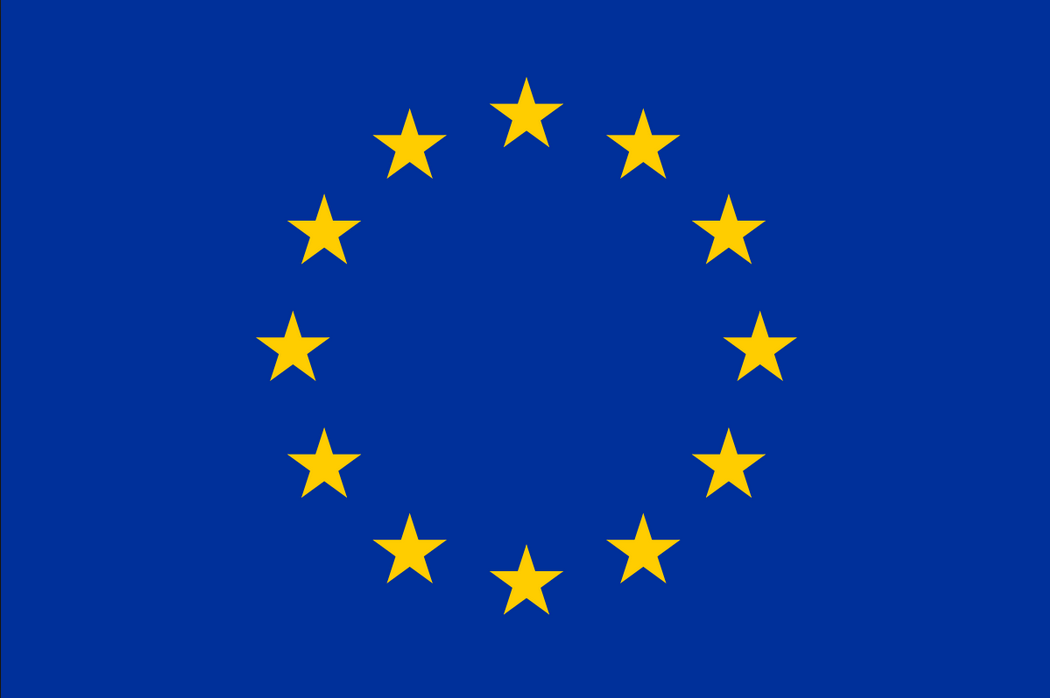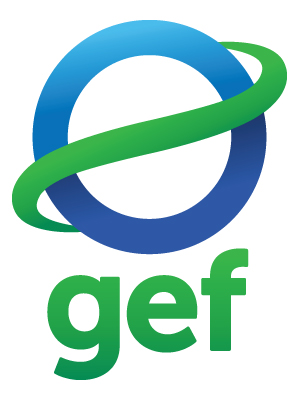Background
In Armenia, Azerbaijan, Belarus, Georgia, Moldova and Ukraine businesses still consume disproportionately high amounts of energy.
In Ukraine, for example, the ratio of energy intensity to GDP is among the highest in the world. This applies similarly to Armenia, Azerbaijan, Belarus and Moldova where the ratio is more than twice that of the average in the European Union (EU).
That is a reflection of persistently inefficient energy use, as well as various climatic and structural economic factors. If the countries in the region were to use energy and water and deploy renewable sources as efficiently as EU countries do, the overall energy consumption would be reduced by at least three times.
In this context, there is considerable potential for climate change mitigation and adaptation, as well as improved resource efficiency in all sectors, particularly in electricity and heat generation, energy networks, industrial installations and buildings. The pace for filling this energy and resource efficiency gap depends largely on government policies, improved access to finance and adoption of climate-friendly technologies.
FINTECC offer
The Finance and Technology Transfer Centre for Climate Change is supported in this region by the EU, through its EU4Climate programme, and the Global Environment Facility (GEF).
The programme helps small and medium-sized enterprises (SMEs) and middle capitalisation (mid-cap) companies, which seek to adopt innovative, greener technologies to reduce their impact on the environment and their energy and water costs.
It does so by providing them with finance, partially free technical assistance, investment incentives and Climate Innovation Vouchers (CIVs).
Available to small businesses
The EBRD offers direct finance to support the installation of the best-in-class energy, water, material efficient technologies available in the market. The loans are combined with investment grants, funded by the EU and GEF, to help build a sustainable market in the long term.
Technical assistance, also partially funded by the EU, will help SMEs determine which technology best serves their needs.
SMEs can also take part in this offer indirectly, through aggregators, which are larger companies active in their value chain.
In Ukraine, and soon in Belarus, SMEs will also benefit from CIVs. These vouchers can be used to invest in reducing fossil fuel and energy use, adopting renewable energy, reducing NO2 or methane emissions from agricultural processes, adopting measures to adapt to climate change and reducing greenhouse gas emissions.
Such technologies can be very different – from IT developments that reduce energy use to equipment, which enables efficient use of resources. CIVs help companies to cover 75 per cent of the eligible service costs, up to €50,000 (excluding VAT).
Lastly, FINTECC helps SMEs to sustain circular economy investments, eliminating waste and promoting the re-use of resources. EBRD finance is combined with EU-funded technical assistance and incentive grants.
Available to middle capitalisation companies
Larger companies, with up to 3,000 employees, which aim to cut their CO2 emissions by at least 20 per cent or save at least 20 per cent of energy or resources, can also access EBRD finance combined with EU-funded technical assistance and grants.
Similarly, investments aiming at adopting circular economy models are also eligible for EBRD finance and EU-funded technical assistance and grants.
Donors
The European Union, through its EU4Climate programmes, and the Global Environment Facility (GEF) are supporting these programmes in Armenia, Azerbaijan, Belarus, Georgia, Moldova and Ukraine.

